Latest DePIN News

6 months ago
Platform Updates: App Optimizations and Community Engagement Events
This week marks significant advancements for the platform, particularly with the optimization of its apps aimed at enhancing performance and user experience. Key improvements include the resolution of OTP confirmation issues, which users can address by performing a hard refresh on their browsers. Additionally, the Key Management System (KMS) has been temporarily hidden to streamline the setup process, with further updates anticipated. A hotfix update has also been implemented to boost overall performance and stability, although the release of mobile apps has been delayed due to ongoing KMS issues, with a new launch expected in November.
In an exciting development, the platform has lifted beta access restrictions for zcn.fun, making it fully accessible to the public. This platform offers users the opportunity to explore blobber Annual Percentage Rates (APRs) and discover the most profitable blobbers available on the network. As part of its outreach efforts, the marketing ad campaign is set to launch this week, with advertisements appearing on popular platforms such as X, Reddit, and Google, aiming to increase visibility and user engagement.
Looking ahead, the community can look forward to two upcoming Ask Me Anything (AMA) sessions hosted by CEO Saswata Basu. The first will cater to the Züs community on October 31, 2024, at 9 AM PST, where Basu will discuss updates and answer questions. The second AMA will take place in the GOLDDIGGERS crypto community on November 1, 2024, at 4 PM UTC, featuring a $200 ZCN giveaway. These events are designed to foster community engagement and provide valuable insights into the platform's developments.

6 months ago
Emerging Crypto Trends for 2024: A Look Ahead
The crypto market is experiencing a surge of optimism as we move into 2024, with Bitcoin reaching new all-time highs and Ethereum receiving regulatory approvals for spot ETH ETFs. This positive sentiment has sparked discussions about the future of the crypto landscape, highlighting key narratives that are expected to shape the industry in the coming years. Among these trends, decentralized social platforms, restaking, data availability layers, decentralized physical infrastructure networks (DePIN), tokenization of real-world assets (RWA), artificial intelligence (AI), and political memecoins are emerging as significant drivers of both buzz and utility.
Decentralized social platforms are gaining traction as they offer users censorship-free environments and control over their data. Platforms like Warpcast and Friend.tech are leading this movement, allowing users to migrate their content and followers seamlessly. Meanwhile, restaking, a concept pioneered by EigenLayer, allows validators to lock up liquid staking tokens as collateral, enhancing the security of the Ethereum network while enabling token holders to earn additional yields. This trend has led to the emergence of several competitors in the restaking space, further diversifying the market.
The tokenization of real-world assets is another trend that is gaining momentum, with major players like BlackRock entering the space. By representing assets such as real estate and fine art as digital tokens, tokenization facilitates fractional ownership and enhances liquidity. Additionally, the AI narrative continues to grow, with projects like Fetch.ai and Bittensor focusing on creating decentralized AI solutions. Lastly, political memecoins have captured the attention of investors as they satirize political figures, reflecting the speculative nature of the crypto market. As 2024 unfolds, these narratives will likely continue to evolve and influence the crypto ecosystem significantly.
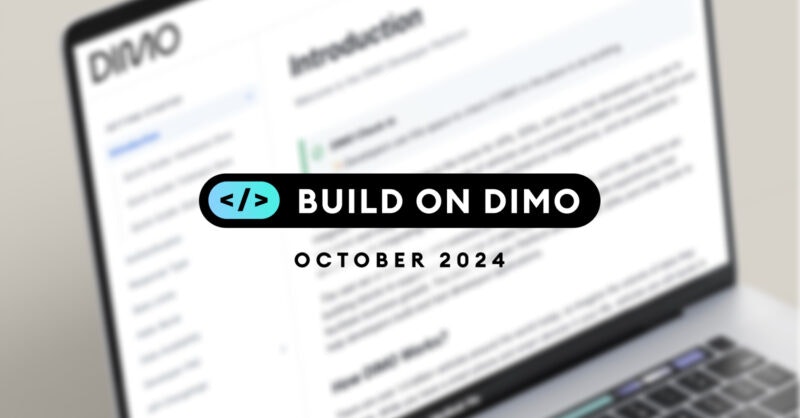
6 months ago
DIMO Network: Empowering Developers and Innovating the Automotive Industry
In the aftermath of the ETHOnline hackathon, the DIMO developer community is buzzing with excitement and innovation. Developers are actively engaging with the DIMO team, sharing ideas and proposals for continuous development on the platform. Notably, one developer is collaborating on a data insight layer that promises to enhance the experience for all developers, while another is working on a no-code solution for DIMO APIs. Additionally, many developers have applied for the DIMO Ignite Grants Program, seeking funding for their innovative business proposals. This vibrant developer activity underscores the core mission behind the DIMO Network: to foster a thriving ecosystem for developers.
As the DIMO team progresses with their developer roadmap, significant milestones are being achieved. The upcoming launch of the Global Accounts project, implemented as Accounts API, is a key highlight. This RESTful API service will facilitate the creation of DIMO accounts, allowing users to register a signer account and provision a smart contract wallet. With a focus on user security, the signer wallet is protected by Turnkey’s policy engine, ensuring that only the end user has control. Furthermore, the integration of a fiat-to-crypto on-ramp using Stripe will streamline transactions, making it easier for users to engage with the DIMO ecosystem.
The introduction of the DIMO Transactions SDK marks another major advancement, providing developers with the tools to execute on-chain transactions seamlessly. This SDK supports both React Native and web applications, enabling developers to send DIMO tokens, mint vehicles, and manage ownership permissions without switching between applications. By allowing applications to sponsor on-chain transactions, the DIMO Transactions SDK alleviates concerns about gas fees for end users. As the DIMO Engineering team continues to innovate and revolutionize the automotive industry, the community is encouraged to join the conversation and contribute to the development of this exciting network.
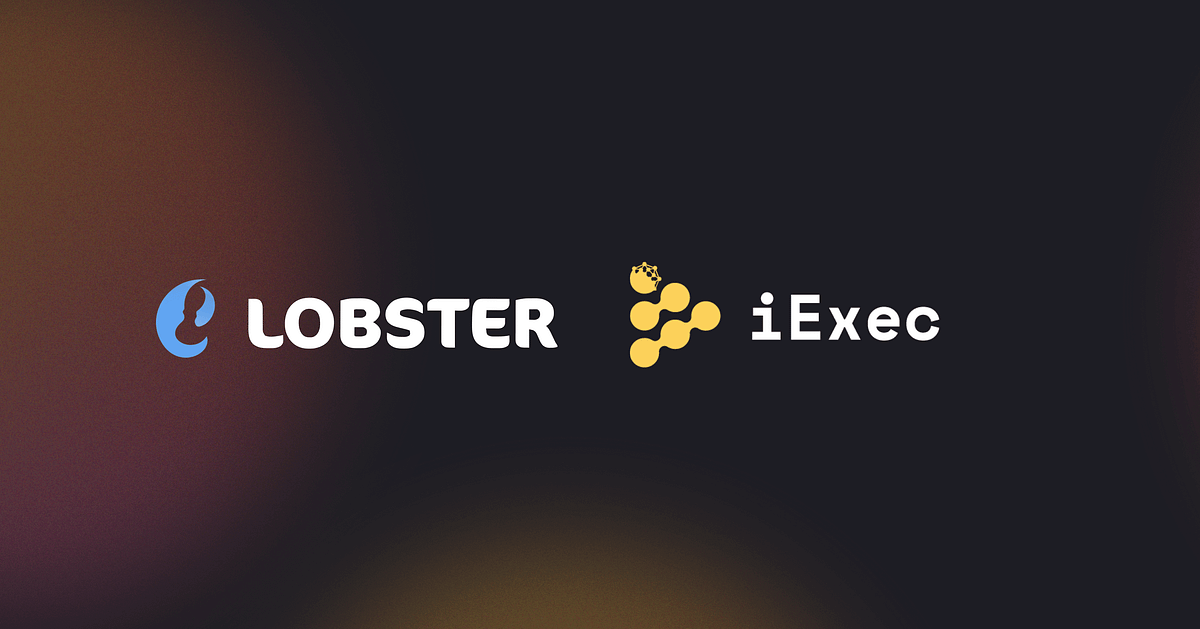
6 months ago
iExec and Lobster Revolutionize Web3 Communication with Privacy-First Innovation
The recent partnership between iExec and Lobster marks a significant advancement in Web3 communication, particularly in the realm of privacy. With the integration of iExec's Web3Mail, Lobster can now send encrypted emails to users without ever needing to store or even access their email addresses. This innovation utilizes confidential computing and blockchain technology to ensure secure communications while granting users complete control over their privacy. By leveraging Intel SGX hardware encryption, the collaboration has created a tamper-proof communication method that effectively protects users from data breaches and unsolicited spam.
This partnership not only enhances user privacy but also opens up new avenues for developers interested in creating privacy-first applications. iExec is actively encouraging builders to participate in their grants program, which aims to support innovative projects that align with their ecosystem. Interested developers can submit proposals detailing their project's technical aspects, purpose, and long-term benefits. Selected applicants will undergo a technical interview, and grants will be awarded based on the achievement of specific milestones, fostering a collaborative environment for innovation.
Looking ahead, the potential of this partnership is vast, and both iExec and Lobster are excited about the future of privacy-first technology. Users are invited to experience this new level of privacy by subscribing to Lobster's secure newsletter. Additionally, developers are encouraged to explore the opportunities available through iExec's grants program, as this collaboration is just the beginning of what can be achieved in the realm of secure communications and privacy-focused applications.
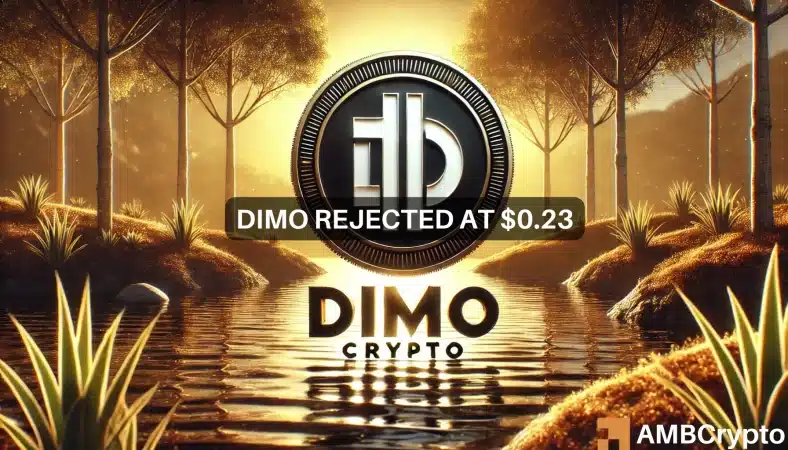
6 months ago
DIMO Crypto Faces Consolidation Amid Recent Price Surge
DIMO crypto has been experiencing a consolidation phase since June, characterized by a lack of steady buying volume. Recently, the token surged nearly 82%, climbing from $0.122 to $0.227 within 24 hours. However, this rally was short-lived, as the price retraced to $0.163, marking a 28% decline from its recent peak. This drop has raised concerns about whether the bulls can push prices back above the critical $0.18 support zone, which they ceded during the recent downturn. The market appears to be overextended, given the rapid price movement within a single day, contrasting with the slower, more stable price changes observed in previous months.
At the time of reporting, DIMO was down 28% from its local high of $0.227, with the Relative Strength Index (RSI) briefly entering overbought territory before retreating. The Chaikin Money Flow (CMF) indicator was recorded at -0.06, indicating persistent selling pressure throughout October. This trend aligns with the price action observed over the past two months, suggesting that the recent surge was an anomaly rather than the start of a sustained upward trend. Investors are now looking to see if DIMO can reclaim the mid-range level at $0.18 as support for a potential consolidation before any further upward movements.
Despite the current volatility, there are encouraging signs for long-term DIMO investors. The token has shown a decent development score for 2024, with activity stabilizing since July, even though it remains lower than the levels seen in May. This stability behind the scenes suggests that while a breakout past the range highs may not be imminent, there is still potential for a buying opportunity if DIMO can successfully retest the $0.23 level. Overall, investors are advised to remain cautious and monitor market conditions closely as they navigate this consolidation phase.

6 months ago
Roam: Pioneering Decentralized WiFi Roaming and Telecom Infrastructure
Roam, a decentralized WiFi roaming network, is emerging as a key player in the DePIN (Decentralized Physical Infrastructure Network) ecosystem. Unlike other projects that focus on niche areas, Roam aims to create a global open wireless network that supports decentralized telecom services. A significant challenge in decentralized systems is the manipulation of location data, particularly in gaming, where users exploit GPS systems to bypass geographic restrictions. Roam addresses this issue by employing decentralized identities (DIDs) and verifiable credentials (VCs) to ensure accurate GPS data, thereby reducing the risks associated with location-based exploits.
Currently operational in over 190 countries with around 750,000 self-deployed nodes, Roam connects users to a vast network of 3.5 million OpenRoaming™ nodes. The Roam app facilitates seamless connectivity, allowing users to automatically connect to available nodes without repeated logins. Central to Roam's protocol is its user identity verification system, which creates a digital identity upon app installation. This system ensures that user identities are verified each time they access a WiFi node, enhancing security and privacy across the network.
Roam's ambitions extend beyond WiFi services, as it seeks to establish itself as a decentralized telecom data layer, similar to how Layer 1 blockchains provide infrastructure for decentralized applications. The network collects and records user data on the Solana blockchain, contributing to a decentralized ledger of telecom data. Roam also encourages community participation through a mining system that rewards users with Roam Points for operating WiFi nodes. With a vision to become a public utility within the DePIN sector, Roam is poised to play a crucial role in the future of decentralized networks, fostering an open-access model that attracts more projects to its ecosystem.

6 months ago
Decentralized Technologies Transforming Industries
In the rapidly evolving digital landscape, decentralized technologies are transforming traditional industries by providing safer and more efficient alternatives. Leading platforms such as Filecoin, Bittensor, Theta Network, and Arweave are at the forefront of this revolution, each addressing unique challenges in cloud storage, AI development, video streaming, and data retention. By leveraging blockchain technology, these projects enhance security, fairness, and long-term reliability, paving the way for a future where control is distributed and innovation flourishes without boundaries.
Filecoin is revolutionizing cloud storage by decentralizing data distribution across a network of nodes, significantly reducing risks associated with centralized providers like Amazon and Google. With a market cap of $2.34 billion, Filecoin allows users to pay for storage using its native token while rewarding miners for enhancing network security. This innovative approach minimizes the single point of failure typical in traditional cloud services, ensuring that data remains safe and accessible.
Bittensor, with a market cap of $4.39 billion, is reshaping AI development through a decentralized machine learning network. By incentivizing contributors with its native TAO token, Bittensor democratizes AI training and fosters open-source collaboration. Similarly, Theta Network, valued at $1.35 billion, enhances video streaming quality in underserved areas by allowing users to share bandwidth. With its dual-token system, THETA for governance and TFUEL for transactions, Theta Network is a game-changer in the video streaming sector. Lastly, Arweave, with a market cap of $2.78 billion, offers permanent storage solutions, ensuring data availability forever through its unique AR token incentive model. Together, these platforms exemplify the potential of decentralized technologies to redefine industry standards and practices.
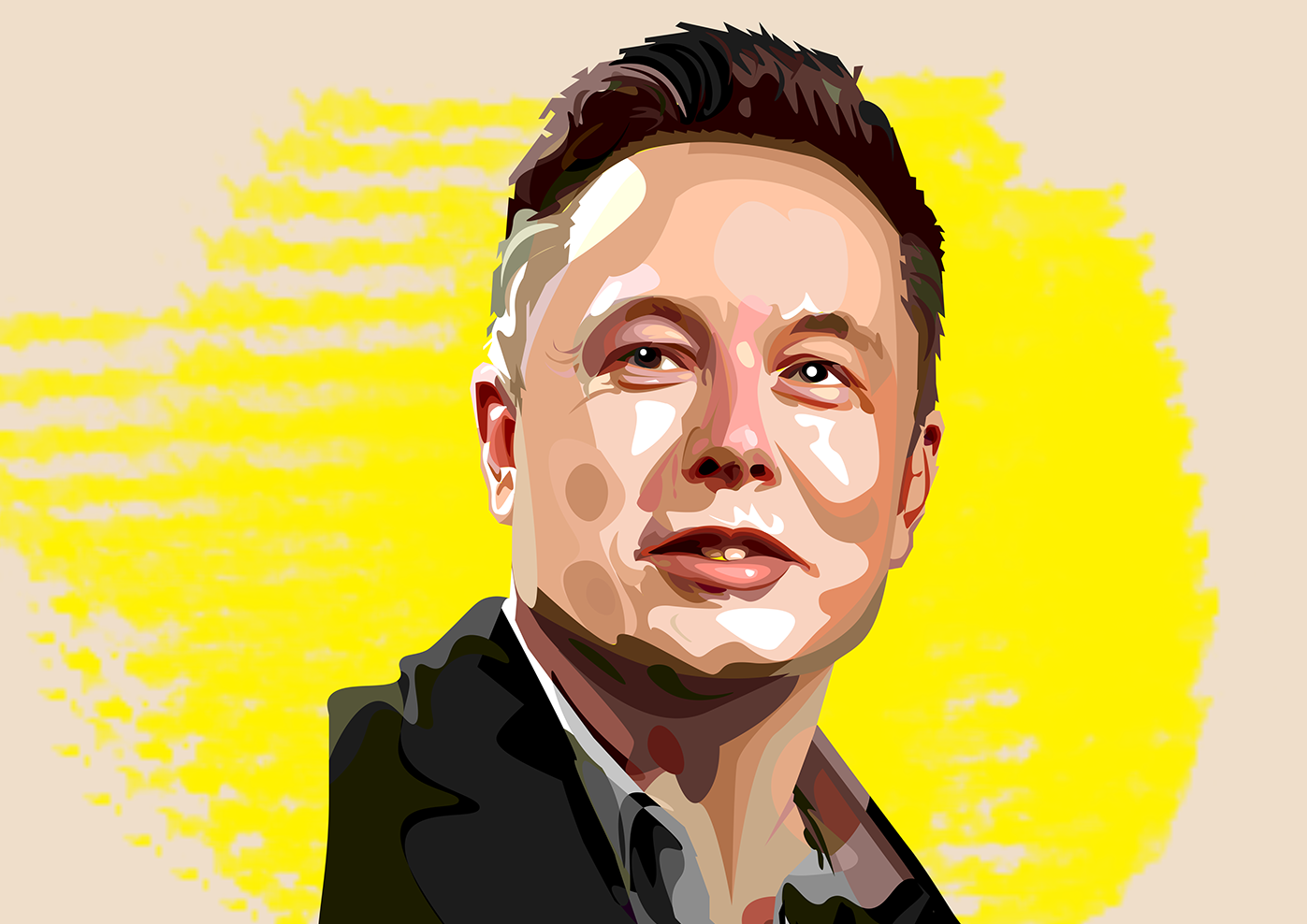
6 months ago
Musk to Mars Memecoin Launch Sparks Investor Excitement
The launch of Musk to Mars (MUSKMARS), a new memecoin on the Solana blockchain, has generated significant excitement among investors. With predictions suggesting a potential price surge of over 16,000% in the coming days, early adopters are eager to capitalize on this opportunity. The anticipated listing of MUSKMARS on various cryptocurrency exchanges is expected to attract millions of new investors, creating a buying frenzy that could drive the price higher. This scenario mirrors the explosive growth seen with previous memecoins like Shiba Inu (SHIB) and Dogecoin (DOGE), which turned early investors into multi-millionaires.
Currently, Musk to Mars is only available for purchase on Solana's decentralized exchanges, such as Jup.ag and Raydium.io. The coin launched with more than $8,000 in liquidity, providing it with a competitive edge over many other new memecoins. Investors looking to buy MUSKMARS must connect their wallets, such as Solflare, MetaMask, or Phantom, and swap Solana for the memecoin using its contract address. This process is relatively straightforward, and those without a wallet can set one up quickly to begin trading.
The ongoing trend of investing in new Solana memecoins comes as larger memecoins like SHIB, DOGE, and DogWifHat (WIF) have shown signs of stagnation. As these established coins trade sideways, many investors are shifting their focus to the potential high returns offered by new entrants like MUSKMARS. While these memecoins lack inherent utility and value, the allure of rapid price increases continues to attract speculative investors hoping to replicate the success of earlier memecoins. Should MUSKMARS follow a similar trajectory, it could pave the way for a new generation of memecoin millionaires in the near future.
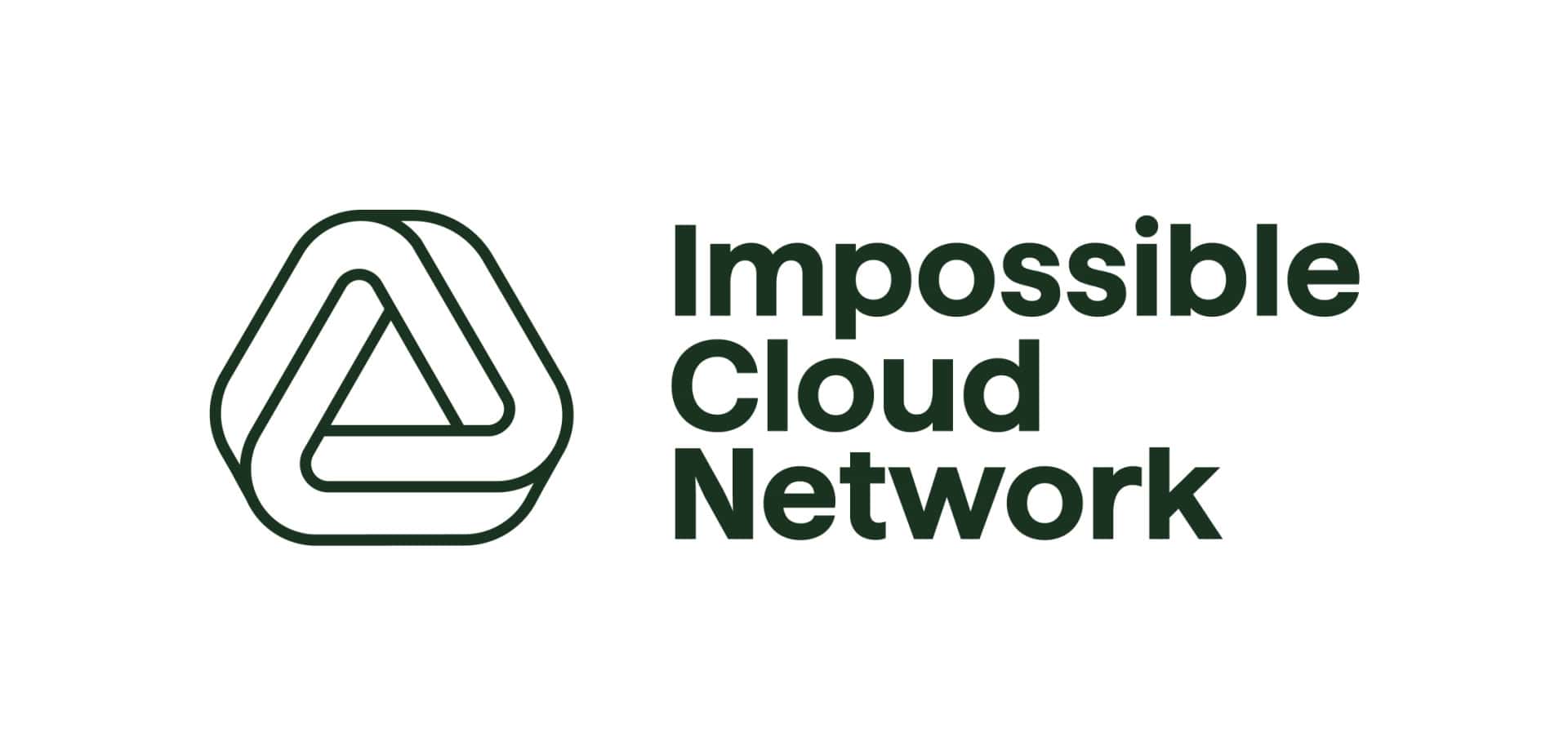
6 months ago
Impossible Cloud Network Launches Incentivized Testnet to Drive Decentralized Cloud Adoption
Impossible Cloud Network (ICN) has announced the launch of its incentivized testnet, marking a significant step towards establishing itself as a leading decentralized cloud infrastructure provider. With a strong foundation built on the expertise of Impossible Cloud GmbH, which serves over 1,000 enterprise clients, ICN aims to leverage its web2 experience to create a scalable, multi-service cloud platform. The testnet invites blockchain developers and community members to engage with the platform, providing a hands-on environment to explore features and contribute to its development ahead of the mainnet release scheduled for next year.
The testnet serves two primary objectives: refining the platform for stability and functionality, and enhancing community engagement. By simulating real-world conditions, ICN aims to onboard more validators, ensuring a smooth transition to the mainnet. Participants will have the opportunity to contribute to performance improvements while being recognized for their efforts. A FairDrop mechanism will reward the top 20,000 contributors with a share of 10.5 million ICNT tokens, emphasizing genuine contributions such as bug reports and feature testing.
Backed by notable investors, including 1kx and HV Capital, Impossible Cloud has successfully raised $18 million to date. The company plans to further decentralize its network through a node sale and the introduction of a native token for decentralized governance. With its innovative approach, ICN is poised to provide an enterprise-grade alternative to traditional cloud providers, aiming to become a decentralized leader in the cloud services space, akin to AWS but with a community-driven focus.
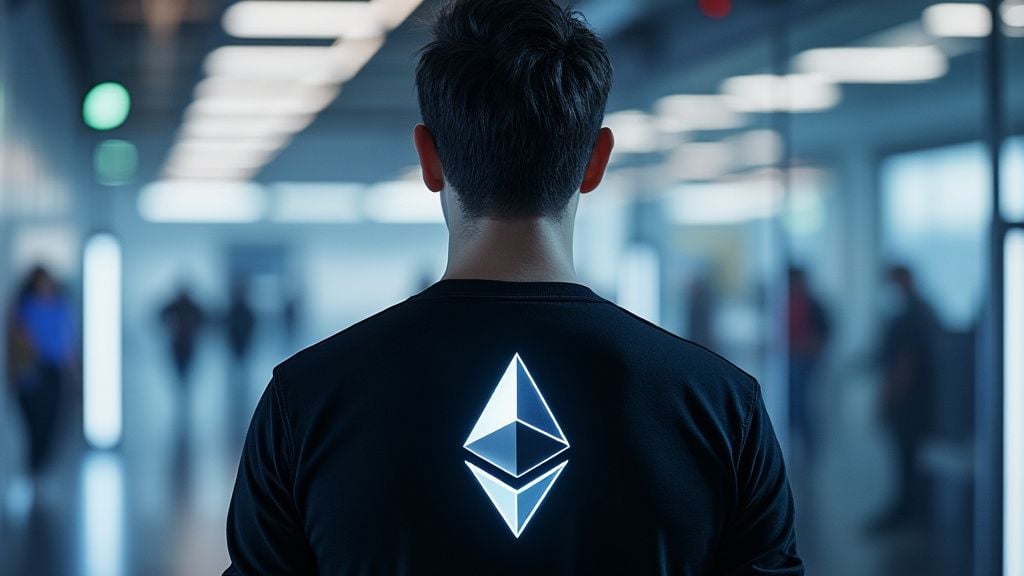
6 months ago
Vitalik Buterin Outlines Ethereum's Path to a Unified Ecosystem
Ethereum co-founder Vitalik Buterin has recently highlighted the significant challenges facing the Ethereum network, particularly the urgent need for a unified ecosystem. In his latest insights, he discusses the future goals of Ethereum, especially during an upcoming phase known as "The Surge." This phase aims to enhance scalability, enabling swift cross-chain transfers and creating a more cohesive user experience. Buterin points out that Ethereum's biggest hurdle is its fragmented ecosystem, which currently consists of various Layer 2 (L2) solutions, each with unique features. He envisions a future where these solutions achieve interoperability, allowing them to function as a single, cohesive unit rather than 34 separate blockchains, ultimately fostering innovation and improving user experience.
The ambitious goals of "The Surge" include achieving over 100,000 transactions per second (TPS) across both Layer 1 (L1) and Layer 2 solutions. However, Buterin emphasizes that this scalability must not compromise decentralization and security, which are core properties of Ethereum. He advocates for the integration of L2 solutions that maintain trustlessness, openness, and resistance to censorship. Additionally, Buterin stresses the importance of scaling the base chain, as a highly scalable L2 could pose risks if L1 struggles to process transactions. Instead of merely increasing the gas limit, he proposes making specific computations cheaper while preserving decentralization, suggesting improvements like multidimensional gas pricing.
Furthermore, Buterin underscores the necessity of enhancing user experience within the Ethereum ecosystem. He believes that using L2 networks should feel seamless, allowing users to send tokens across chains without the technical burden of manual bridging. As Ethereum transitions from a monolithic roadmap to a rollup-centric approach, Buterin acknowledges the unique challenges this shift has introduced. The recent Dencun upgrade has been pivotal in scaling Ethereum, but it also raises concerns about siphoning users from the mainnet. Ultimately, Buterin's vision for Ethereum is to address these challenges while preserving its foundational values, ensuring that the evolution towards an L2-dominated ecosystem does not compromise what makes Ethereum unique.
Signup for latest DePIN news and updates